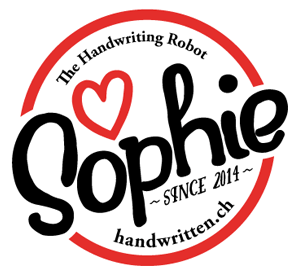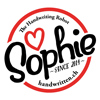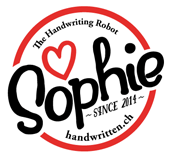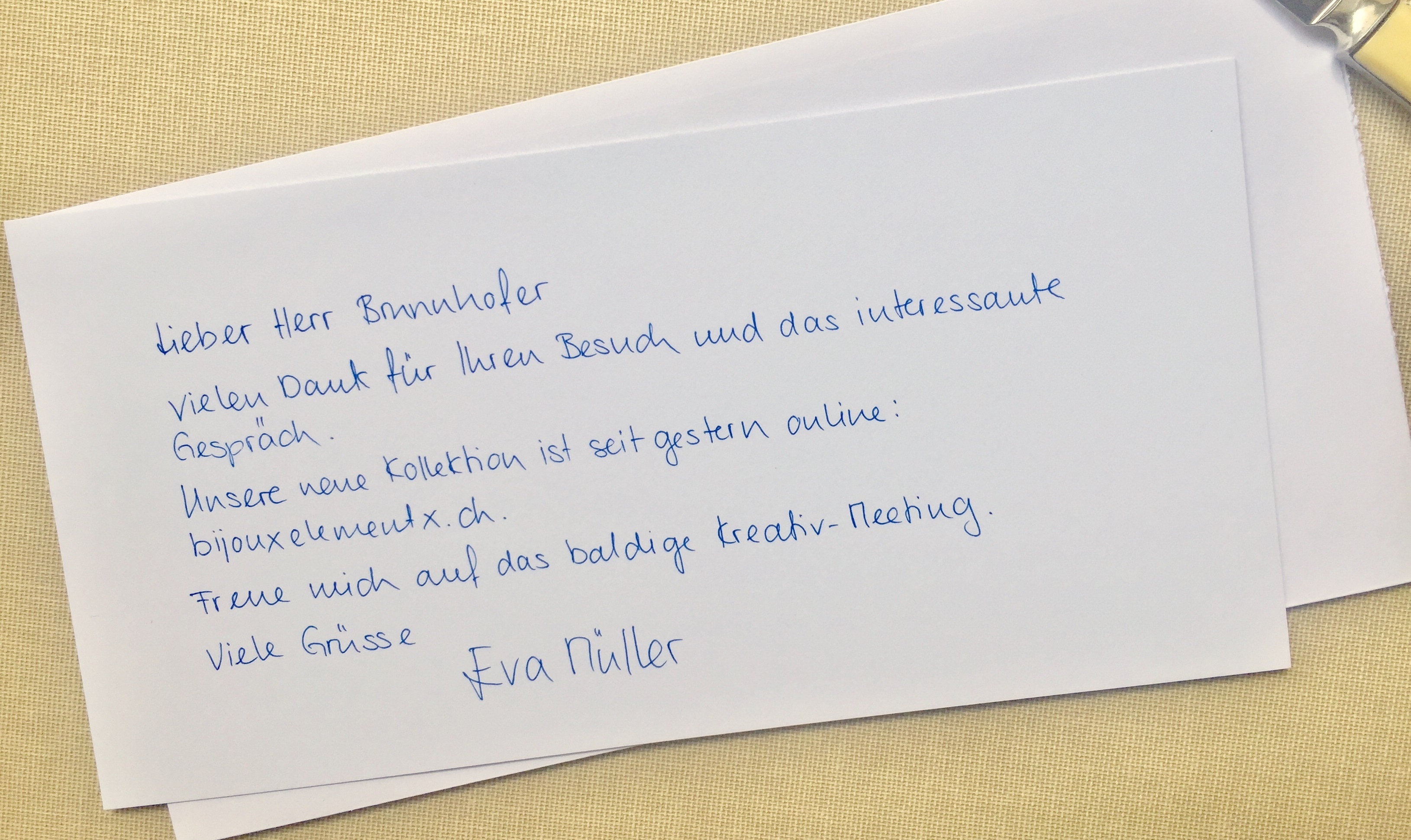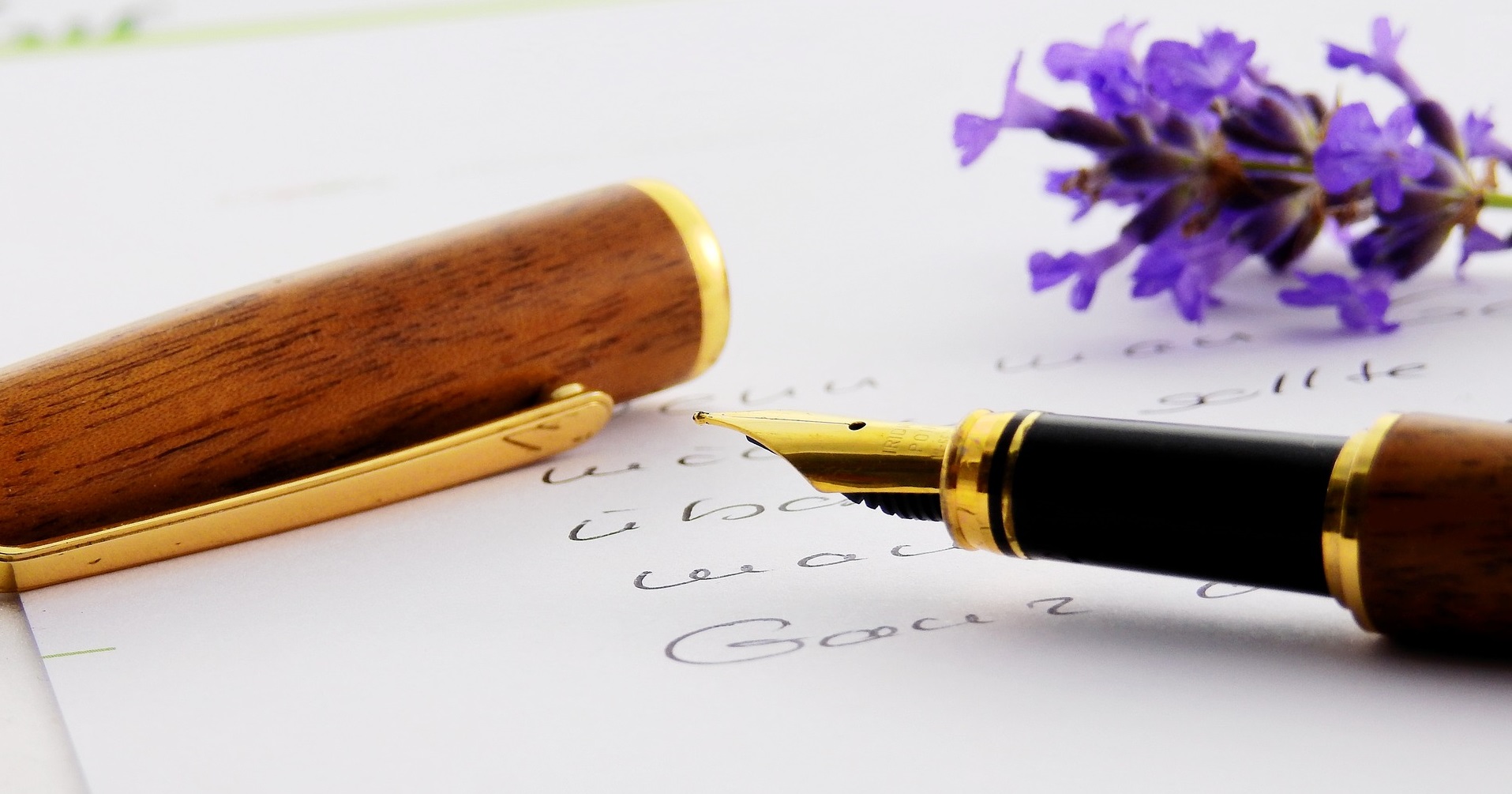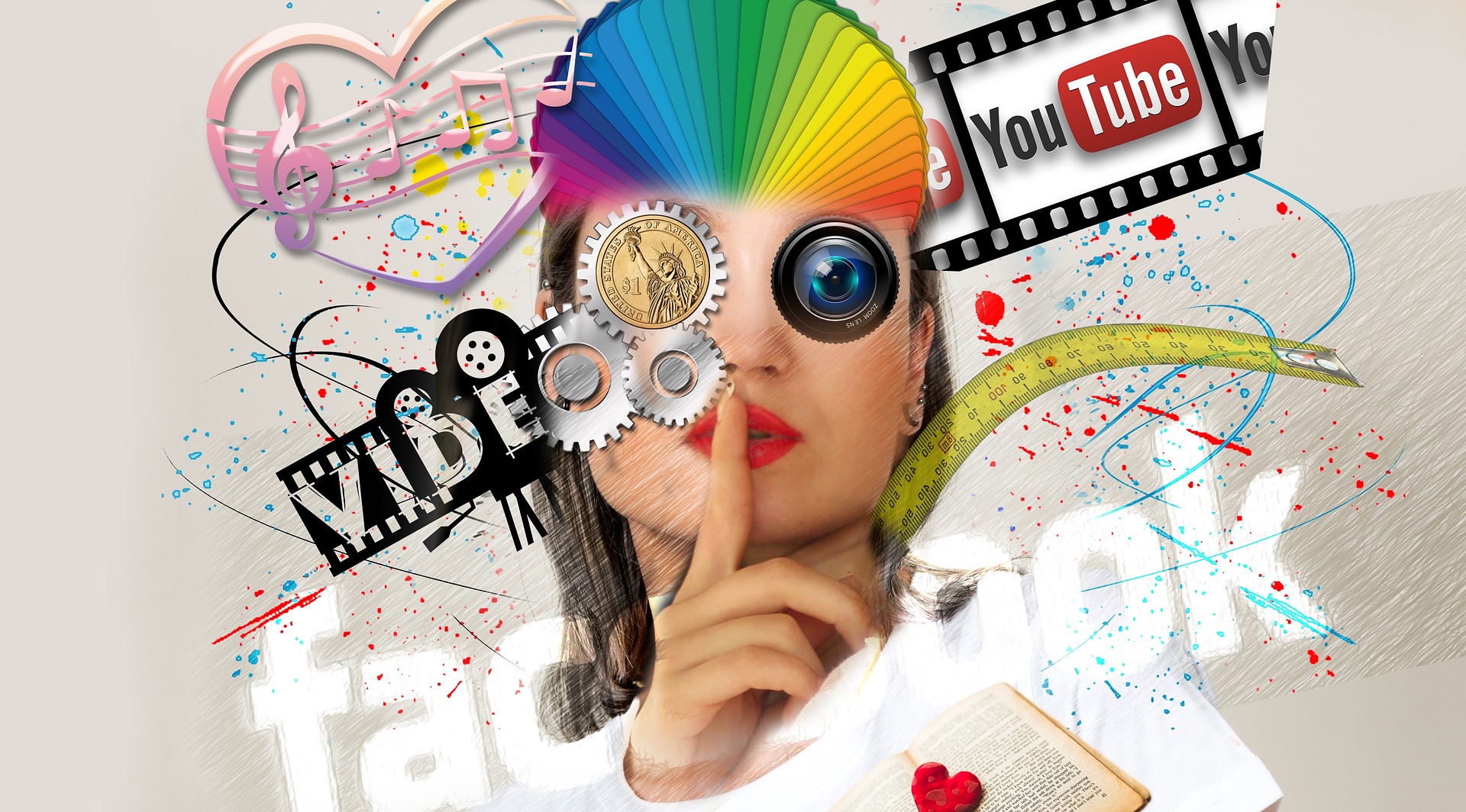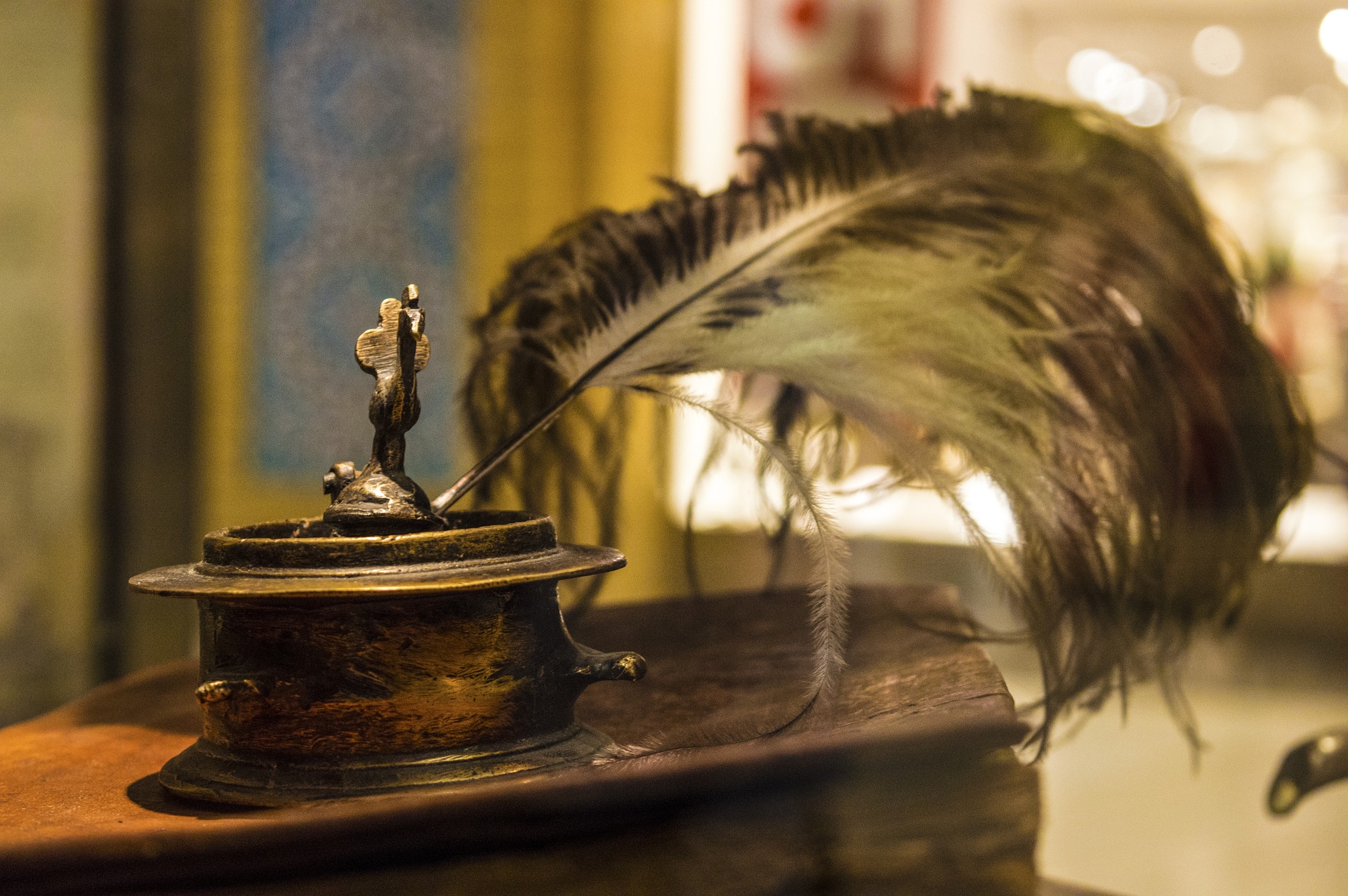A trade fair or exhibition provides the ideal surroundings for a company to present itself. In a best-case scenario it allows recruiting new customers and build a network with potential business partners. A professional follow-up is thereby key for a maximum of success and process optimisation. This for example includes the evaluation of talks with customers and internal reflection.
All of theses steps allow you to analyse your exhibition marketing and to plan for the future. In the following text we will discuss the individual aspects that determine a sustainable follow-up.
HOW TO TURN PROSPECTIVE INTO ACTUAL CLIENTS
One of the main goals of exhibition marketing is to gain new customers. This is why this aspect needs to play an important part in the follow-up analysis: On basis of the collected data and conversations during the trade fair new measures can be taken. Among these are scheduling appointments for further consultations and a personal response.
Of course it is crucial to keep promises and agreements made during the exhibition: if a customer for example asked for further information about a product or service, these should be put together in an instant and sent out. Only when the potential customer is contacted promptly the chances of a successful transaction can be increased.
Two weeks after the trade fair all forms should be processed and the according offers sent out. The same goes for data management: The collected contact details like email addresses and telephone numbers should be added to the company’s internal database immediately. This guarantees that all departments – from marketing to sales – are enabled to contact new customers.
ADDITIONAL STEPS FOR A SUCCESSFUL FOLLOW-UP
Next to gaining new clients, establishing business relationships is at the core of every trade fair presence. After the exhibition it is therefore necessary to look through business cards and gather additional information: which contacts promise the best synergies and which partner fits best into the company’s philosophy? These questions should therefore be at the centre of all considerations. As a result of this analysis all co-operations can be prioritised and planned.
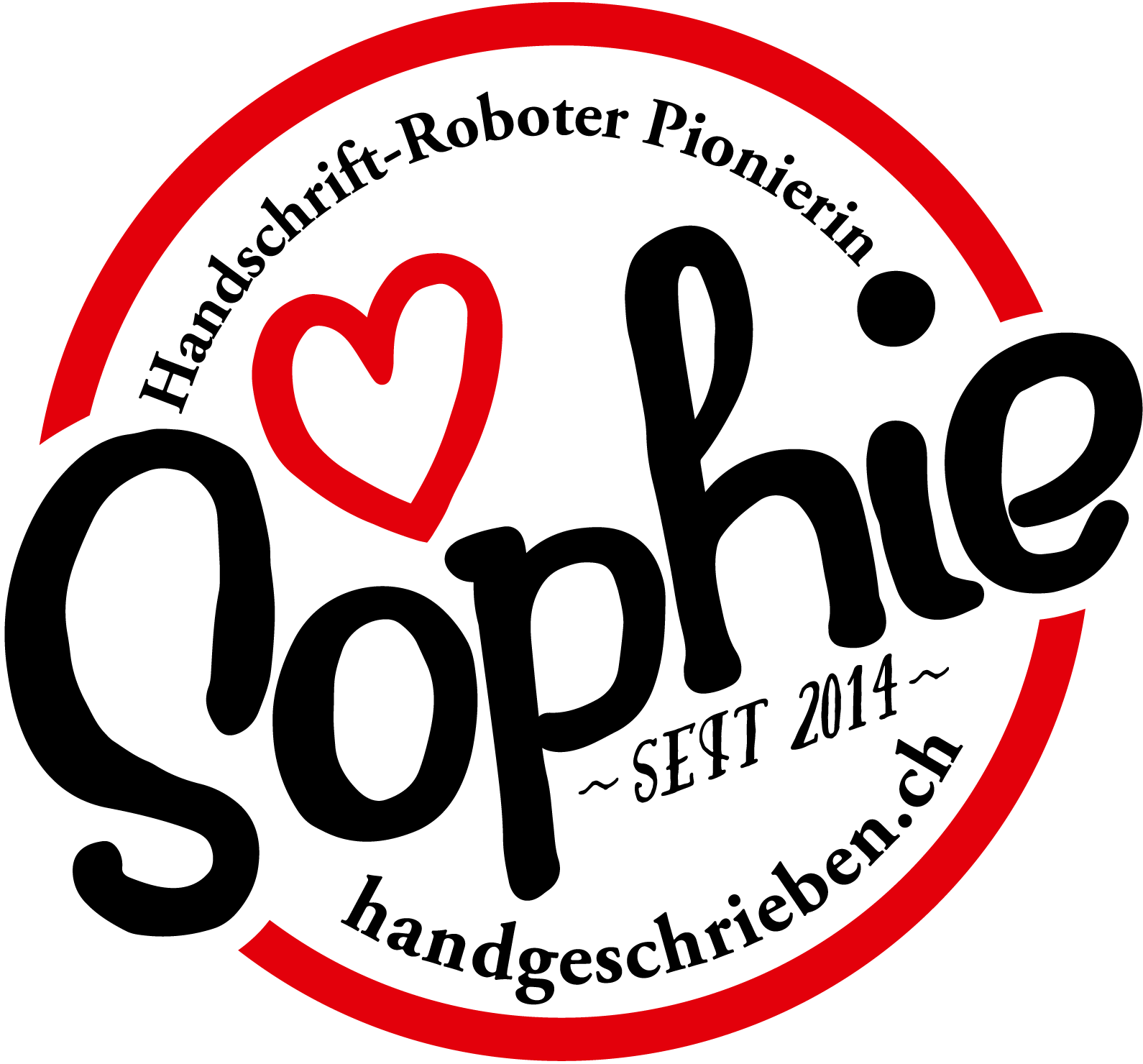
High-quality print products with according content offer great variety in the middle of our digital daily life. A fundamental part of the customer communication can successfully be done analogue!
Namely handwritten!
Our handwriting robot Sophie allows to individually and exquisitely design print products as well as the appropriate envelope.
A comprehensive follow-up to a trade fair not only includes continuing the use of these contacts, but also internal reflexion to explore and discover which measures have been successful and what needs to be changed for the next exhibition. Whoever wants to further develop their exhibition marketing should focus on internal reflections.
In the best-case scenario a company designates a dedicated exhibition team that will take on the according tasks. Such a competence team for example values the implemented concepts and coordinates planning future exhibitions. In addition to the content of the trade fair presence this also concerns the visual presentation: were we able to improve our company image with our trade fair stall and could we enthuse potentially interested parties? Have the decorations and furniture created the desired ambience?
These two questions can be used as indicators for a follow-up on the design.
FINAL CONCLUSION ABOUT HOW TO FOLLOW UP ON EXHIBITIONS
In total it has to be concluded that the follow-up to an exhibition consists of a variety of areas – from a targeted communication with potential customers to an internal discussion about the various aspects. If all the advice, ideas and hints given above are actually taken into consideration, the follow-up and debriefing will lead to success.
